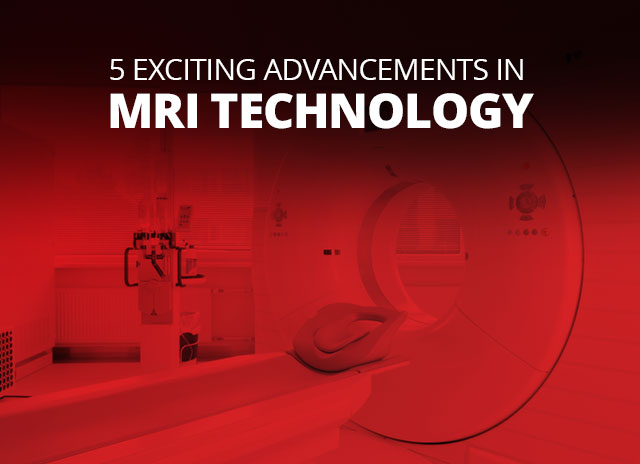5 Exciting Advancements in MRI Technology
Magnetic resonance imaging (MRI) is a painless and non-invasive scan that produces detailed images of organs and body tissue. Its invention was a revolution in medical science, allowing for examination of internal organs without the use of invasive tools or surgeries. Doctors often use mri for cancer detection, but they can also be used for a variety of purposes. Some of these include but are not limited to detecting cysts, identifying joint abnormalities, detecting diseases of the liver and other organs, and evaluating causes of pain. Recent advancements have included new types of scans, simplifications for existing processes, and software solutions. The following are some of the most interesting advancements in MRI technology.
Lung MRIs are possible
MRI scans rely on hydrogen atoms in order to produce their images, which is normally no problem since hydrogen atoms are abundant in water and fat — two things the human body is composed of. Lung MRIs, however, have been difficult because air moving through the lungs means that there is a low density of the hydrogen atoms required for the scan. Because of this, computed tomography (CT) has been the traditional method for lung imaging.
In 2015, Toshiba introduced the Ultrashort Echo Time sequence, which allows for viewing of tissues with short relaxation times that would normally cause signals to disappear before an MRI scan could complete.
Multi-contrast images from a single scan
GE Healthcare’s MAGiC software enables scans to create eight contrasts from a single scan at a faster rate than traditional scanning. This essentially gives doctors the ability to manipulate and study images retrospectively, which saves time and money by eliminating the need to rescan. The more detailed scan also lets doctors make a more accurate diagnosis in a fraction of the time. Clinicians now have the advantages of multiple scans in one.
Greatly reduced brain scan times
The new Siemens Simultaneous Multi-Slice application allows for simultaneous creation of multiple MRI images instead of being limited to a sequence, which significantly reduces scan times. Their GOBrain application allows specifically for faster scan times of the brain. This is increasingly important as 1 in 4 MRI scans are of the brain, and the number is expected to climb.
These technologies allow clinicians to bring the time for MRI brain exams down to those of less complex scans. This is particularly useful for patients who have a low tolerance for longer scans, such as children or geriatric patients.
Cardiac MRI
Up until the past few years, cardiac MRI was extremely limited, making up a mere 1 percent of MRI scans. This was largely due to its relative complexity compared to other scans, as well as its long scan times and high cost. GE Healthcare’s ViosWorks software helps automate the process of creating a full 3D chest scan that includes the full motion of the cardiac cycle. This software manages to bring what would be a 70 minute scan down to approximately 10 minutes. These are high data scans, and the software is paired with a cloud computing service to speed up the process.
Silent MRI
This is a smaller quality of life enhancement for patients but one that is surely appreciated. GE Healthcare has expanded on its noise reduction technology to reduce noise even further during MRI scans. Silent scanning is available with muscular and spinal scans, as well as brain exams, and is compatible with a wide variety of machines.
Technology has advanced significantly since the first machine was invented, and there have been many improvements over the years. The quality of medical imaging has become much more enhanced. Machines are now more comfortable for patients, and studying MRIs has become instrumental in scientific research to explain body functions.



